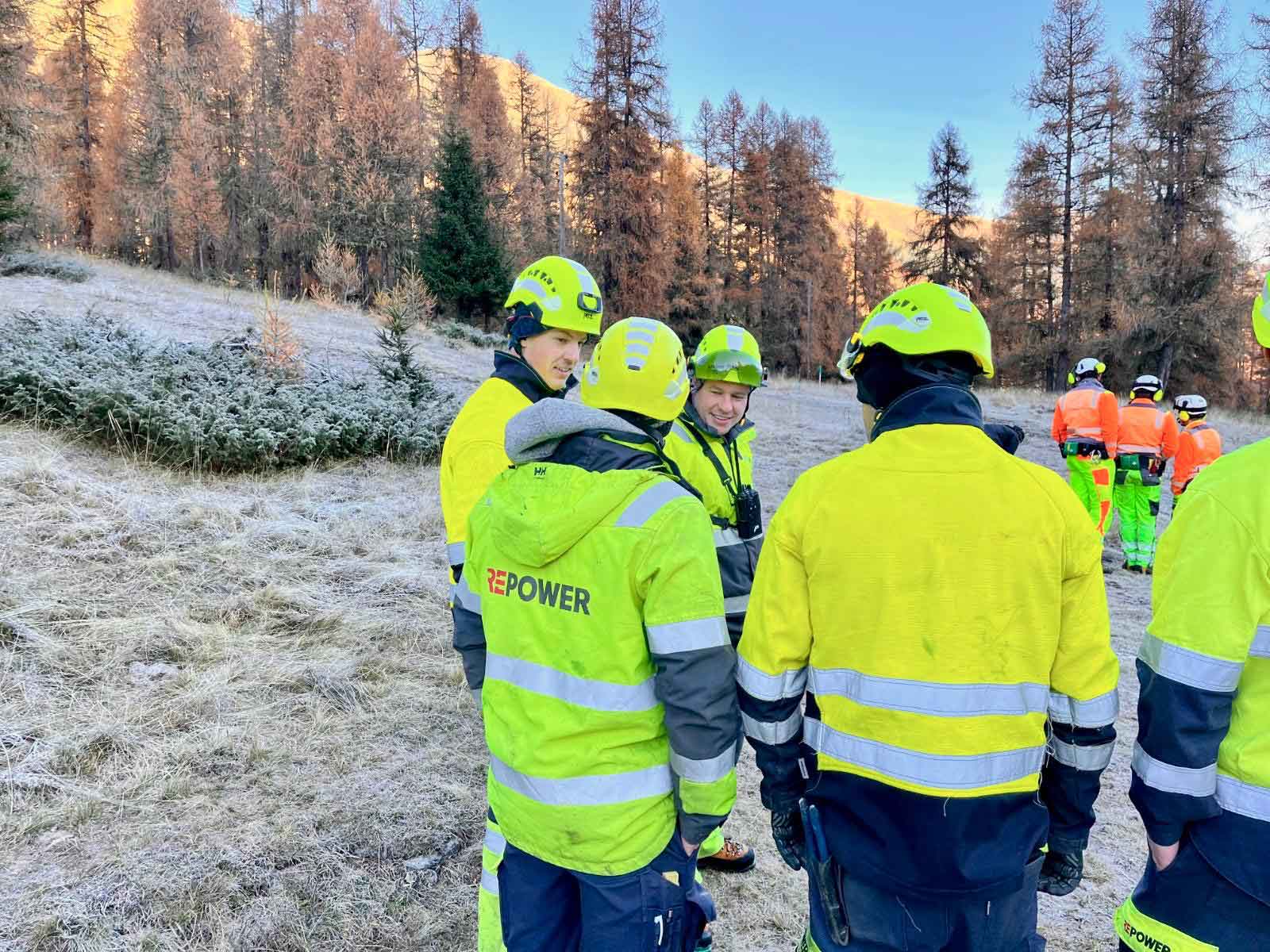When large parts of the Iberian Peninsula were plunged into darkness, speculation ran wild about the possible cause. Cyberattack? System failure? Climate stress?
Whatever the root cause, the real takeaway is this: our power grid is vulnerable, and we need to be ready.
This massive outage has thrown a spotlight on the fragility of modern energy infrastructure and the urgent need for greater resilience, better visibility, and faster insight.
Could it have been avoided?
With smarter infrastructure management in place, we believe it’s possible.
Let’s unpack the challenges and how digital intelligence can help strengthen reliability for the future.
The grid’s growing problem (it’s not just age)
Think of the modern power grid as an aging athlete, now forced to run faster than ever, in a hurricane.
Much of the grid was built between 1950 and 2000. It wasn’t designed for today’s load profiles, intermittent renewables, or the climate extremes we now face.
As electricity demand grows, this aging infrastructure is operating under increasing stress, making visibility into its condition more critical than ever.
Why traditional grid inspection and management isn’t enough
Here’s the reality:
- Time-based inspections are reactive and often inefficient
- Outdated views of asset condition lead to ineffective maintenance planning
- With millions of components in play, even the best teams can’t catch everything
This is why grid operators need to shift from reactive to proactive, from compliance to condition, and from siloed systems to centralized intelligence.
5 hidden threats to grid reliability (and what helps)
1. Extreme weather + Aging infrastructure = Recipe for collapse
Today’s climate exposes yesterday’s infrastructure. One weak pole or c-hook in a storm can trigger cascading failure.
What helps: Condition-based inspections, driven by real-time data, flag risk before failure, not after.
2. Data overload, insight deficit
Sensors, imagery, asset data – there’s more than ever. But data without structure is just noise.
What helps: Pattern recognition, trend analysis, and context-aware insights turn data into decisions.
3. Disconnected inspections
Finding one defect in isolation may mean nothing, unless you can see the broader picture. A crack here. A hotspot there. Are they linked?
What helps: Historical trends and geospatial analysis expose systemic risks before they escalate.
4. The AI illusion
AI isn’t magic, but it is a brilliant tool, and it needs quality data, clear objectives, and thoughtful application.
Used wisely, AI accelerates inspections, improves accuracy, and frees up resources to focus on what matters most.
5. The CapEx vs OpEx dilemma
Utilities often face complex decisions when allocating budgets between maintenance and long-term upgrades. Without clear insights into asset condition and risk, it can be challenging to prioritize the right actions at the right time.
What helps: Long-term asset intelligence supports more informed investment planning, helping teams decide when to repair, replace, or defer, with confidence backed by data.
What would help avoid the next outage? A smarter, more resilient grid
We are heading toward a future where grids can self-assess, self-optimize, and in some cases, self-correct.
A truly intelligent grid will:
- Adjust its own limits based on weather and load (for example, dynamic line rating, flexible load control, and optimizing asset performance based on updated risk conditions)
- Reroute power automatically when stress is detected
- Deliver real-time condition feedback from both 2D and 3D data
- Support predictive planning based on asset history and spatial intelligence
As trust in technologies like AI grows through proven results and real-world performance, we are moving closer to achieving a smarter and more resilient grid, even for critical infrastructure.
The technology is already here. Now it’s about implementation.
The bottom line
We may never know exactly what caused the Iberian blackout.
But we do know what can help us prevent the next one:
A more resilient, better-informed grid.
That means upgrading not just our infrastructure, but the way we monitor, maintain, and manage it.
It’s time to stop waiting for failure.
Use the tools available to gain better asset data, smarter insights, and the clarity needed to manage rising demand.

Repower enhances grid reliability with AI through Grid Vision®
Read the case study!
Share article
Latest News & Resources
-

Watch our webinar – Disrupting the status quo: AI in utility operations
Watch this webinar to understand why everyone is talking about -

From reactive to predictive: What utilities need to know about the next era of wildfire mitigation using AI
Wildfires are no longer confined to the western United States. -

eSmart Systems introduces Adaptive AI and Verify AI to strengthen grid reliability and risk mitigation
November 2025 – eSmart Systems has launched Verify AI, the first -

In response: The ‘Five-Alarm Fire’ for grid reliability and the escalating wildfire risk
Featuring: In a recent address to federal regulators, North American









